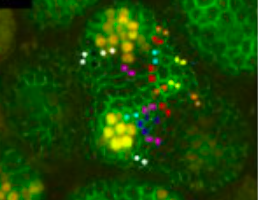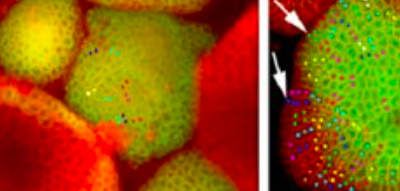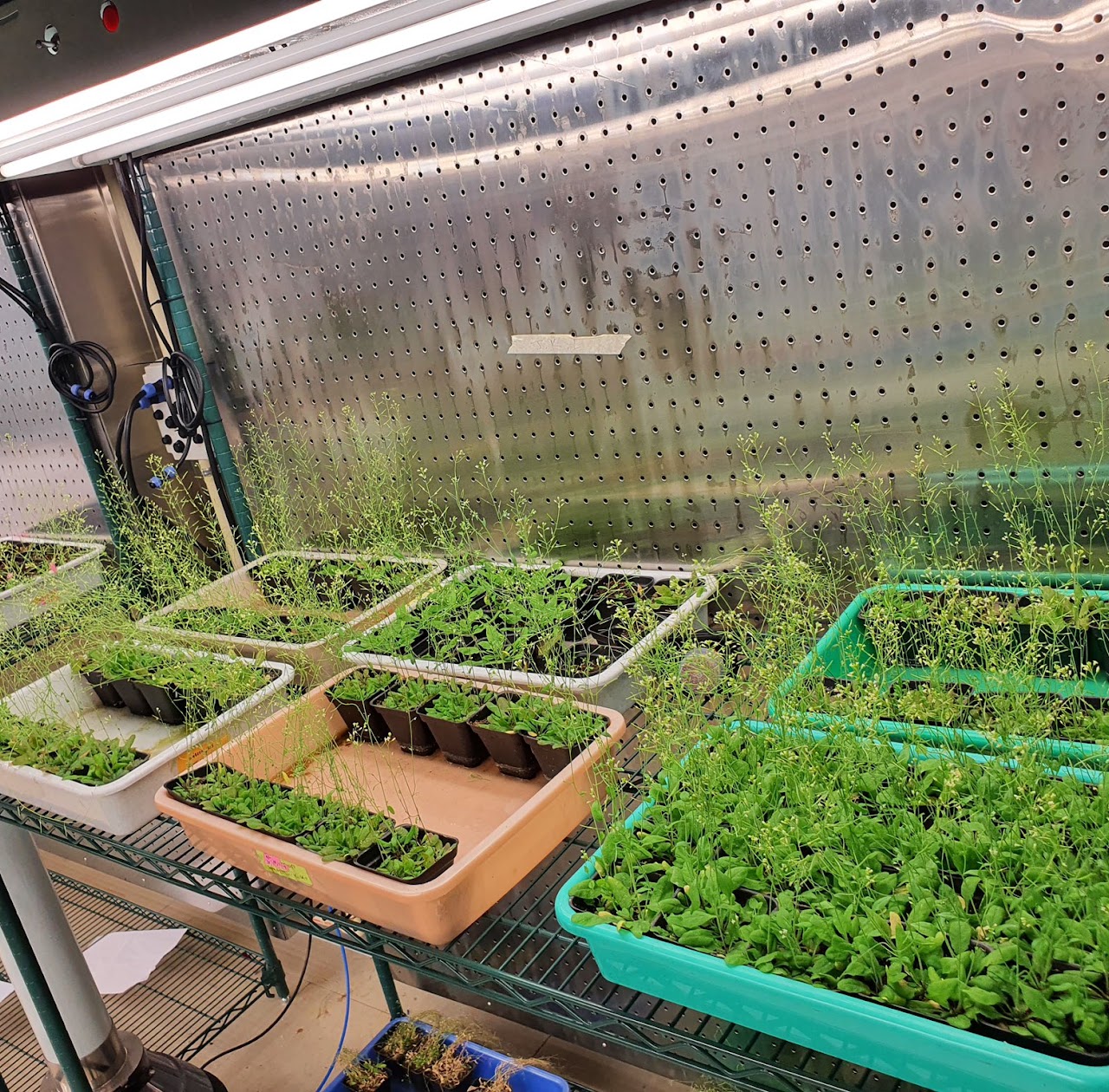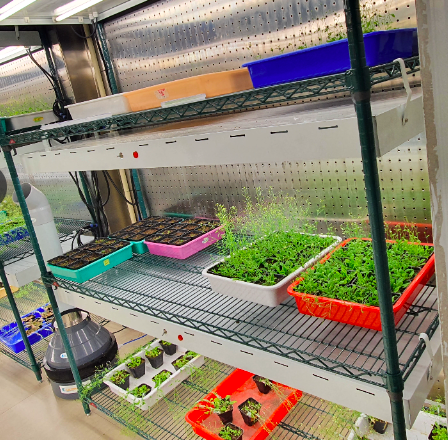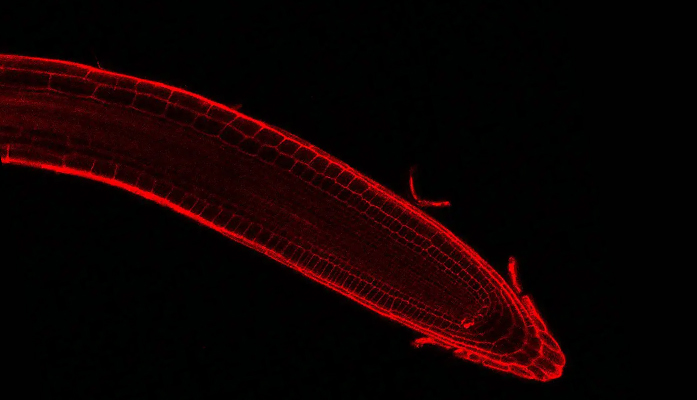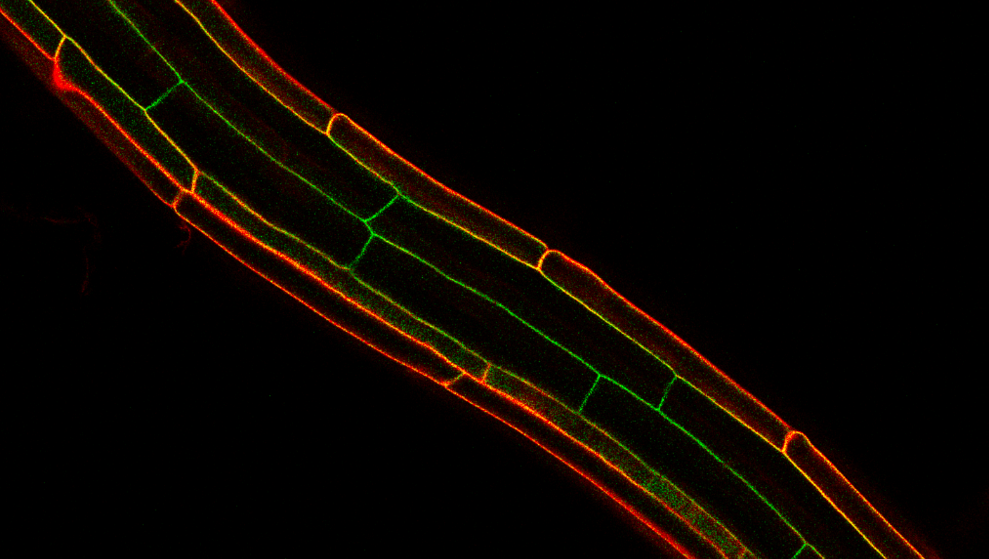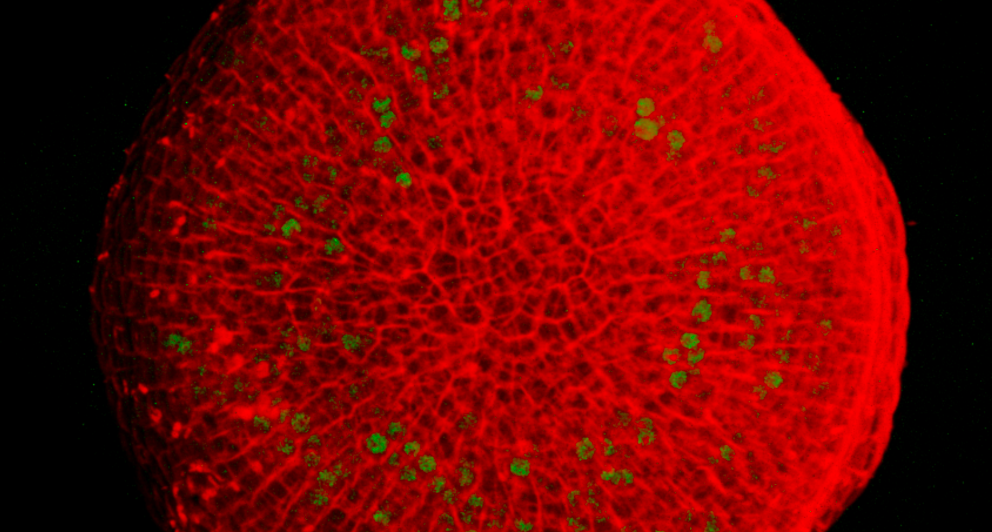Plants are exceptional organisms. They form organs post-embryonically, which allows us to study their development as it proceeds. In addition, being a sessile organism they are always rooted at one place, therefore, they seek intrinsic and extrinsic cues to do well in diverse habitats and to complete their life cycle.
Dr. Ram Yadav's group studies the cell fate specification in the shoot apical meristem (SAM) of Arabidopsis thaliana. In plants, meristematic tissues are considered equivalent to the stem cells niches where pluripotent stem cells reside. One of the goal of his group is to understand how the stem cells are specified and how do they give rise to the stem cells progenitors as they differentiates. In a previous study, role of WUSCHEL (WUS), a homeodomain transcription factor, has been established in SAM stem cell fate specification. From microarray studies, it was discovered that WUS represses a large number of genes including key transcription factors, which are expressed in the differentiating cell types. The group is studying role of WUS in mediating repression of auxin biosynthesis in stem cell niche cell types. Ectopic expression of auxin biosynthesis genes leads to termination of shoot. Since, auxin signalling depends directly on the concentration of this phytohormone and plays an important role in cell differentiation. Studies are underway to understand the regulation of auxin biosynthesis.
How plant root development and growth is influenced and regulated by environmental signals is a major research question of Dr. Santhosh Satbai's group. In particular, they focus on the effects of nutrient starvation, high temperature, cold temperature, salinity and drought on root system architecture (RSA) using Arabidopsis plants. They are applying experimental [forward/reverse genetics approach, transcriptomics approach, biochemical techniques, high-throughput phenotyping, Genome-Wide Association Studies (GWAS) and live imaging] and computational approaches to answer this question. As stress signaling pathways are evolutionary conserved, they also aim to translate knowledge gained from Arabidopsis to wheat, tomato and maize. Finding genes or regulatory systems that modify root development might have adaptive value and has various implications for biotechnology and agronomy. In particular, the ability to generate plants with different root growth has great potential for adapting plants to specific habitat.

